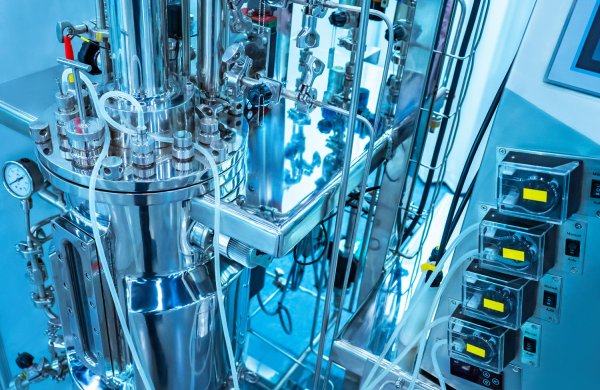
Longread
CCU: Carbon Capture and Utilisation for renewable chemicals and materials
In order to mitigate climate change, carbon dioxide emissions need to be reduced. One of the options is to capture and store the emitted CO2 (CCS). However, CO2 storage alone is only a partial solution. To progress towards a circular society, CO2 is preferably not just being captured, but also utilised as a source of renewable carbon alongside biomass and product recycling, for the production of renewable based chemicals and materials.
Turning the problem into a solution
In the next decades CO2 emissions from fossil feedstock are likely to decrease due to electrification of our society and the general transition to more renewable feedstock for energy and materials supplies. Yet even in the circular biobased future, CO2 still plays a role. Biological processes like fermentation of biomass will produce CO2 as a byproduct. Emissions of these new CO2-sources are likely to increase substantially in the following decades, for example through the production of ethanol (currently already at 80 million tonnes per years) or biogas. As a consequence, CO2 can not only remain a potential climate problem, but may also be used as a widely accessible resource.
Conversion and valorisation of (bio)genic CO2 sources
Wageningen Food and Biobased Research contributes to valorising CO2 in various ways and with different disciplines. We are using our expertise in synthetic biology to work on microbial processes to convert mixtures of CO2/CO/H2 into a range of different alcohols and acids. Isolated enzymes can also be used to convert CO2 into formic acid, for example. Here, enzyme engineering to achieve higher levels of concentration and the development of efficient and cheap co-factor regeneration processes are key to a successful further development. The EU funded project CATCO2NVERS aims at the biocatalytic conversion of CO2 to lactic acid and other chemicals. In the EU project BIOCON-CO2, first steps have been taken towards biological conversion of CO2 by fermentation and enzymatic conversions to alcohols and organic acids. Our electrochemical approach is being used for the synthesis of more complex biobased products like modified carbohydrates or complex diacids or diols. This approach could be used to (further) functionalise biobased chemicals by incorporating CO2. In addition, we also focus on the development of reactors and catalysts to enable efficient production of bulk chemicals, such as hydrogen peroxide from O2 and ethylene from CO2, at industrial relevant flow densities, which is essential for successful deployment. The combination of various disciplines results into unprecedented possibilities and more economical cascades. Combining electrochemical conversions with microbial conversions can provide a broader range of chemicals for example, or even food components by first generating a reactive intermediate using electrochemistry and then using it as a feedstock for microbial conversion. The use of mixed substrates, such as a composition of gases and sugars, also offers unique opportunities for microbial conversion.
From feedstock to environmentally benign products
In various projects, we are successfully working with industry and stakeholders on CO2 valorisation:
- In the EU funded BIOCON-CO2 project we are developing technologies to convert CO2 containing gases into alcohols, using solvent-producing Clostridia strains. The effects of gas composition and impurities on the fermentation efficiency are being studied. We are also working on the development of enzymatic methods for the reduction of CO2 to formic acid.
- The EFA (Electron to fatty acids) project, supported by the Dutch Topsector Energy (Energy Innovation NL), aims to combine electrochemical and microbial steps. First, a reactive intermediate is being produced using electrochemistry, which is then used as a feedstock for microbial conversion into various platform chemicals, including long-chain fatty acids.
- The Wageningen KB (Knowledge Base) project “Exploring options for using CO2 as a building block for materials and fuels” aims to explore the role of CO2 in a fossil feedstock-free society. What will be the role of CO2 for the production of chemicals, materials and fuels? And what are the most promising conversion technologies?
- In the EU-funded CATCO2NVERS project, we are creating lactic acid from CO2 and bio-ethanol, via a biocatalytic cascade.
- We are exploring new biobased chemicals and materials for carbon capture, both from point sources and directly from the atmosphere (direct air capture: DAC).
Contact us
Wageningen Food and Biobased Research builds on extensive expertise in microbial conversion, electrochemistry and combinations of these, to develop conversion technology that enables industries to use CO2 as a feedstock in a renewable carbon economy. Contact us for more information.